
How Circular Economy Drives Sustainable Urbanism

The circular economy presents a paradigm shift in urban development by fostering self-sufficient cities that effectively mitigate pressing environmental challenges. As delineated by the Ellen MacArthur Foundation, this model is anchored in three fundamental principles: the elimination of waste and pollution, the circulation of products and materials through reuse and recycling instead of single-use paradigms, and the regeneration of natural ecosystems by prioritizing green infrastructure and enhancing biodiversity. Implementing these principles within urban contexts not only augments resilience but also cultivates vibrant, livable environments. By transitioning from a linear “take-make-dispose” approach to a closed-loop system, cities can significantly reduce their ecological footprint while promoting sustainable urban metabolism that supports long-term ecological and economic health.
What is Circular Urbanism?
Circular urbanism operationalizes the principles of the circular economy by embedding them into the fabric of city planning and municipal operations. This integrated approach establishes an interconnected network designed to eliminate waste through eco-efficient infrastructure and resource optimization. Facilitating the circulation of materials involves implementing advanced waste management systems, material recovery facilities, and urban mining practices that ensure products and materials remain in use for as long as possible. The regeneration of the natural environment is achieved through the development of green corridors, urban green spaces, and regenerative urban landscapes that enhance ecosystem services and improve urban biodiversity. This holistic framework thrives on multisectoral collaboration among citizens, governmental bodies, private enterprises, and research institutions, thereby creating a dynamic and resilient ecosystem powered by renewable energy sources and sustainable technologies.
The urgency of adopting a circular economy framework in urban settings is underscored by projections indicating that by 2050, a mere 2% of the global land mass will consume a disproportionate majority of our resources. This trend is exacerbated by global urbanization, where metropolitan areas account for over 50% of natural resource consumption, solid waste generation, and greenhouse gas emissions. Embracing a circular economy in developing cities sets a crucial precedent for achieving self-sufficiency and resource reutilization within urban infrastructures, thereby mitigating the risks of resource depletion and environmental degradation. As populations burgeon, circular urbanism offers a sustainable blueprint to avert potential crises of mass destruction by ensuring that urban growth is harmonized with environmental stewardship and social equity. This strategic transition not only safeguards ecological integrity but also promotes economic resilience and social well-being, paving the way for a sustainable and resilient urban future.

Characteristics of Circular Urbanism
- Resilient Infrastructure and Adaptive Design: Urban infrastructure is engineered for longevity and flexibility, enabling buildings and systems to respond dynamically to evolving urban demands and environmental conditions. This resilience ensures that urban assets can withstand and adapt to challenges such as climate change, population growth, and technological advancements, thereby reducing the need for frequent overhauls and minimizing lifecycle costs.
- Modular Systems and Componentization: Urban components are designed with modularity in mind, allowing for easy replacement, upgrades, and repurposing without necessitating complete reconstruction. This componentization fosters scalability and adaptability, enabling cities to integrate new technologies and functionalities seamlessly while maintaining structural integrity and reducing waste.
- Efficient Maintenance and Lifecycle Extension: Systems and structures are optimized for streamlined maintenance and repurposing, enhancing their operational lifespan and reducing the overall environmental footprint. By implementing predictive maintenance and utilizing durable materials, urban environments can minimize downtime, extend asset lifecycles, and promote sustainable resource utilization.
- Localized Sourcing and Circular Supply Chains: Materials and products are predominantly sourced locally, which not only curtails transportation emissions but also strengthens local economies by fostering circular supply chains. This localization reduces dependency on global resources, supports regional industries, and enhances the sustainability of urban development through minimized carbon footprints and increased resource efficiency.
- Biophilic Design and Ecological Integration: Urban design leverages biophilic principles, integrating natural elements to enhance urban biodiversity and promote green infrastructure. This ecological integration improves air quality, mitigates urban heat island effects, and provides recreational spaces that enhance the well-being of residents, creating a harmonious balance between built environments and natural ecosystems.

Source: Website Link
Framework for Action
Integrated Circular Principles Implementation
The Ellen MacArthur Foundation’s Action Framework operationalizes the core circular ideologies—Rethink, Regenerate, Reduce, Reuse, and Recover—into actionable strategies. These principles serve as the foundational pillars for transitioning urban systems from linear to circular models, fostering sustainable resource management and systemic resilience within city infrastructures.
- Optimized Public Service Delivery: Leveraging smart infrastructure and digitalization, local governments can enhance the efficiency and sustainability of public services. Implementing circular economy practices in service delivery ensures resource optimization, minimizes waste generation, and promotes the use of renewable energy sources, thereby aligning public operations with sustainability objectives.
- Strategic Stakeholder Collaboration: Effective multi-stakeholder engagement is crucial for driving circular initiatives. By fostering collaboration among residents, businesses, governmental bodies, and non-profit organizations, cities can co-create innovative solutions, facilitate knowledge exchange, and ensure the successful adoption of circular practices across various sectors.
- Circular Asset Management: Utilizing Lifecycle Assessment (LCA) and Asset Efficiency Metrics, municipalities can manage public assets in a manner that maximizes their utility and longevity. Implementing closed-loop asset management strategies ensures that infrastructure and resources are maintained, refurbished, and repurposed, thereby reducing the need for new materials and minimizing environmental impact.
Regulatory Frameworks and Urban Planning Integration
Developing robust policy frameworks and integrating circular economy principles into comprehensive urban planning are essential for institutionalizing sustainability. Regulatory measures should incentivize circular practices in production, consumption, and waste management, while urban planning should incorporate sustainable land use, eco-friendly zoning, and green building standards to facilitate resource-efficient and resilient urban environments.
Enhanced Framework Overview
The Circular City Actions Framework, collaboratively developed by organizations such as ICLEI, Circle Economy, Metabolic, and the Ellen MacArthur Foundation, delineates five synergistic strategies that local governments can adopt to operationalize circular economy principles:
- Public Service Delivery: Optimize public services through smart infrastructure and sustainable practices to enhance operational efficiency and reduce ecological footprints.
- Cooperation with Local Stakeholders: Engage a diverse range of stakeholders in co-creating and implementing circular initiatives, ensuring broad-based support and innovative solution development.
- Asset Management: Employ lifecycle assessment and asset efficiency metrics to manage public assets sustainably, promoting longevity and minimizing resource depletion.
- Urban Planning: Integrate circular economy principles into urban design and land use planning, fostering sustainable, resilient, and resource-efficient cityscapes.
- Regulation: Establish and enforce policy frameworks that incentivize circular practices, support sustainable production and consumption patterns, and enhance waste management systems.
Implementing these strategies in tandem maximizes their collective impact, fostering a pervasive culture of circularity at the local level and driving sustainable urban transformation.

Rethink: Redesign the System
The “Rethink” strategy focuses on laying a solid foundation for circular activities in urban environments, facilitating a transition to a circular economy. This involves developing adaptive urban systems that prioritise long-term sustainability and local resource use. By fostering strong community connections, the approach enhances inclusiveness and encourages active participation in local economies.
Components include:
- Establishing adaptive urban systems that support sustainable practices.
- Implementing policies that promote local resource utilisation and self-sufficiency.
- Enhancing community connections to foster inclusiveness and participation.
- Addressing consumption-based emissions through effective urban planning initiatives.
- Ensuring equitable access to goods and services for all residents, thereby reducing social inequities.
An example is Curitiba, Brazil, which successfully utilised transit-oriented development principles to create dense, mixed-use communities that are easily accessible via public transit. This model not only improves transportation options but also integrates residential, commercial, and recreational spaces, showcasing how strategic planning can lead to sustainable urban environments. Overall, the “Rethink” strategy aims to create resilient cities that are well-equipped for the challenges of the future.

Regenerate: Harmonise with Nature
The “Regenerate” strategy aims to create a harmonious relationship between urban environments and natural ecosystems. This approach prioritises the use of infrastructure and production systems that support ecosystem health and sustainability.
Components include:
- Promoting Renewable Resources: Utilising renewable and low-impact resources in production and service delivery.
- Sustainable Production and Consumption: Developing systems that remain within the ecological limits of natural ecosystems.
- Ecosystem Restoration: Facilitating efforts to restore ecosystems, which enhances biodiversity and public health.
- Optimising Carbon Sinks: Enhancing urban areas to effectively capture carbon, helping to mitigate climate change impacts.
- Enhancing Green Spaces: Increasing the amenity value of green spaces to improve the well-being of urban residents.
An example of this strategy in action is Shenzhen, China, where an abandoned agricultural site was transformed into a park employing sponge city principles. This initiative uses natural water management techniques, demonstrating how urban areas can incorporate ecological practices to support both nature and community health.

Reduce: Do Better with Less
The “Reduce” strategy focuses on optimising urban systems to use fewer resources while minimising waste and environmental impact.
By redesigning infrastructure, processes, and products, cities can significantly decrease their ecological footprint.
Components include:
- Resource Efficiency: Designing systems to minimise the use of materials, water, and energy, thereby reducing waste generation.
- Elimination of Hazards: Eradicating toxic and hazardous substances from urban environments to protect public health.
- Awareness and Education: Promoting initiatives to combat overconsumption through education and community engagement.
- Material Reduction: Implementing strategies to lower total extraction and material input across various urban sectors.
- Energy Management: Reducing energy consumption by improving the efficiency of infrastructure and resource management.
- Waste and Emission Reduction: Setting ambitious targets for decreasing total waste and greenhouse gas emissions.
An illustrative example is Guelph, Canada, which developed a rainwater bus washing system that saves over 1 million litres of drinking water annually, thus, promoting effective water conservation practices within the community.
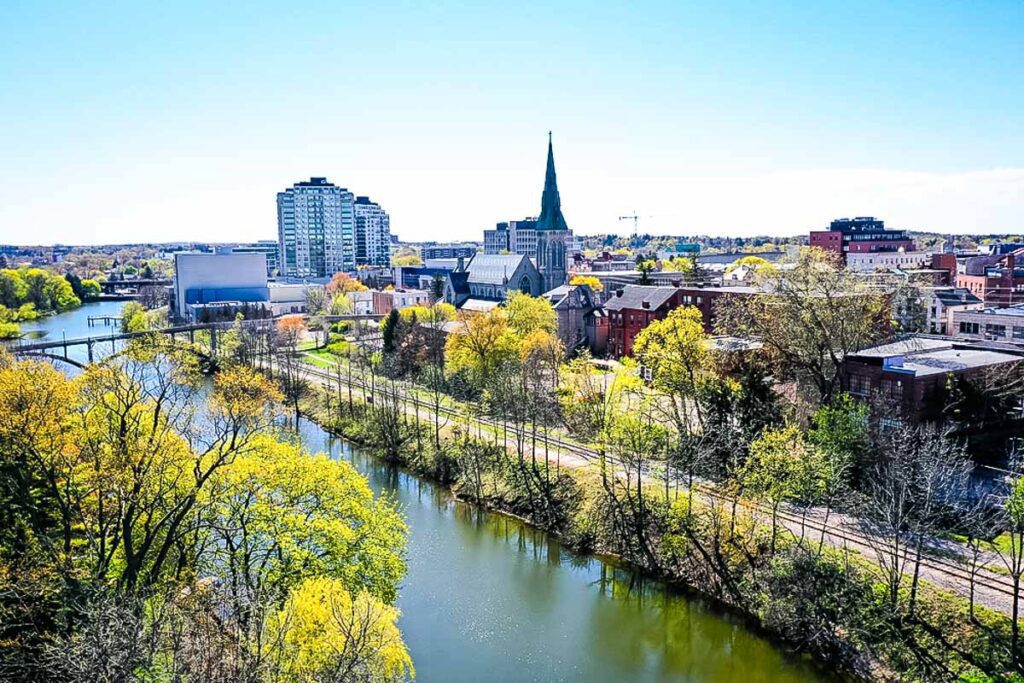
Reuse: Use Longer and More Often
The “Reuse” strategy focuses on extending the lifespan of existing resources, products, spaces, and infrastructure to enhance sustainability and minimise waste. This approach promotes collaborative consumption and reduces the need for new materials.
Components include:
- Optimising Resource Use: Designing urban environments to encourage the prolonged use of products and services.
- Sharing Platforms: Establishing systems for sharing and exchanging items, decreasing demand for new products.
- Second-Hand Markets: Facilitating markets for buying and selling pre-owned goods to support a circular economy.
- Sharing Services: Implementing car and bike-sharing schemes to reduce dependence on personal vehicles.
- Repair and Maintenance: Offering workshops that educate residents on repairing and maintaining products, extending their usable life.
- Community Projects: Encouraging local initiatives that foster resource sharing and collaboration among residents.
For example, Seoul, South Korea, has introduced a comprehensive car-sharing policy aimed at establishing 2,000 sharing stations by 2030. This initiative seeks to lessen reliance on personal vehicles, thereby promoting sustainable urban mobility and reducing emissions. Through these efforts, cities can effectively utilise resources while fostering community engagement and collaboration.

Recover: Make Waste History
The “Recover” strategy aims to maximise resource recovery at the end of a product’s life, ensuring that materials are reintegrated into production processes. This approach seeks to minimise waste and promote sustainability by establishing effective waste management systems.
Components include:
- Resource Recovery: Maximising the recovery of materials once they have reached the end of their use phase, reintroducing them into the production cycle.
- Separation and Sorting: Designing systems that facilitate the effective separation and sorting of waste to enhance recycling efforts.
- Processing Waste: Ensuring that waste is processed for reintegration into industry at the highest possible value.
- Community Engagement: Providing training and upskilling opportunities for local communities, empowering them to participate in recovery initiatives.
- Supporting Local Economies: Promoting local innovations and businesses through material recovery and recycling efforts.
For instance, Accra, Ghana, has implemented an e-waste recycling pilot facility aimed at improving recycling practices and enhancing worker safety in the informal sector. This initiative not only addresses waste management challenges but also fosters economic development and environmental sustainability within the community.

Circular urbanism offers a transformative approach to urban development, integrating the principles of the circular economy to promote sustainability. This framework include:
- Eliminating Waste and Pollution: Focus on reducing environmental impact through effective waste management and pollution prevention.
- Circulating Materials: Encourage the reuse and recycling of materials to minimise reliance on single-use products.
- Regenerating Natural Ecosystems: Prioritise green spaces and biodiversity to enhance urban well-being and resilience.
Implementing circular strategies involves:
- Rethinking Urban Design: Create adaptive urban systems that emphasise sustainability and local resource use.
- Regenerating Natural Spaces: Restore ecosystems to enhance biodiversity and public health.
- Reducing Resource Consumption: Optimise systems to minimise material, water, and energy use.
- Extending Use of Existing Assets: Foster sharing platforms and repair initiatives to prolong product lifespans.
- Maximising Resource Recovery: Establish systems for effective waste separation and recycling to reintroduce materials into production.
Successful examples, such as Curitiba, Shenzhen, Guelph, Seoul, and Accra, demonstrate how cities can implement these principles to tackle environmental challenges while promoting economic growth and social equity. By embracing circular urbanism, cities can ensure a sustainable, resilient future for all.
- Ellen MacArthur Foundation. (n.d.). Cities and the circular economy. Www.ellenmacarthurfoundation.org. https://www.ellenmacarthurfoundation.org/topics/cities/overview
- Sustainable Cities & Built Environment. (2022). Metabolic. https://www.metabolic.nl/consultancy/cities-and-built-environment/
- Road, O. D. (2022, June 29). The circular economy and sustainable urban planning. Chapman Taylor. https://www.chapmantaylor.com/insights/the-circular-economy-and-sustainable-urban-planning
- Actions Framework – Circulars. (n.d.). Circulars.iclei.org. https://circulars.iclei.org/action-framework/

Anoushka Kolahalu
About the author
Anoushka Kolahalu is an architect and urbanist professional with a focus on urban development, street landscapes, public spaces and innovative strategies in human centric design. She holds an MSc in Architecture & Urban Design from Politecnico di Milano and a BA in Architecture from Heriot-Watt University. Anoushka is passionate about inclusive urban environments, materiality in the buit form and the integral nature of spatial complexities in architecture.
Related articles



Model Making Techniques for Urban Design and Landscape

Anne Hidalgo – aris Transformation & Pedestrian Policy


UDL Illustrator
Masterclass
Visualising Urban and Architecture Diagrams
Session Dates
17th-18th January 2026

Urban Design Lab
Be the part of our Network
Stay updated on workshops, design tools, and calls for collaboration
Curating the best graduate thesis project globally!

Free E-Book
From thesis to Portfolio
A Guide to Convert Academic Work into a Professional Portfolio”
Recent Posts
- Article Posted:
- Article Posted:
- Article Posted:
- Article Posted:
- Article Posted:
- Article Posted:
- Article Posted:
- Article Posted:
- Article Posted:
- Article Posted:
- Article Posted:
- Article Posted:
- Article Posted:
Sign up for our Newsletter
“Let’s explore the new avenues of Urban environment together “































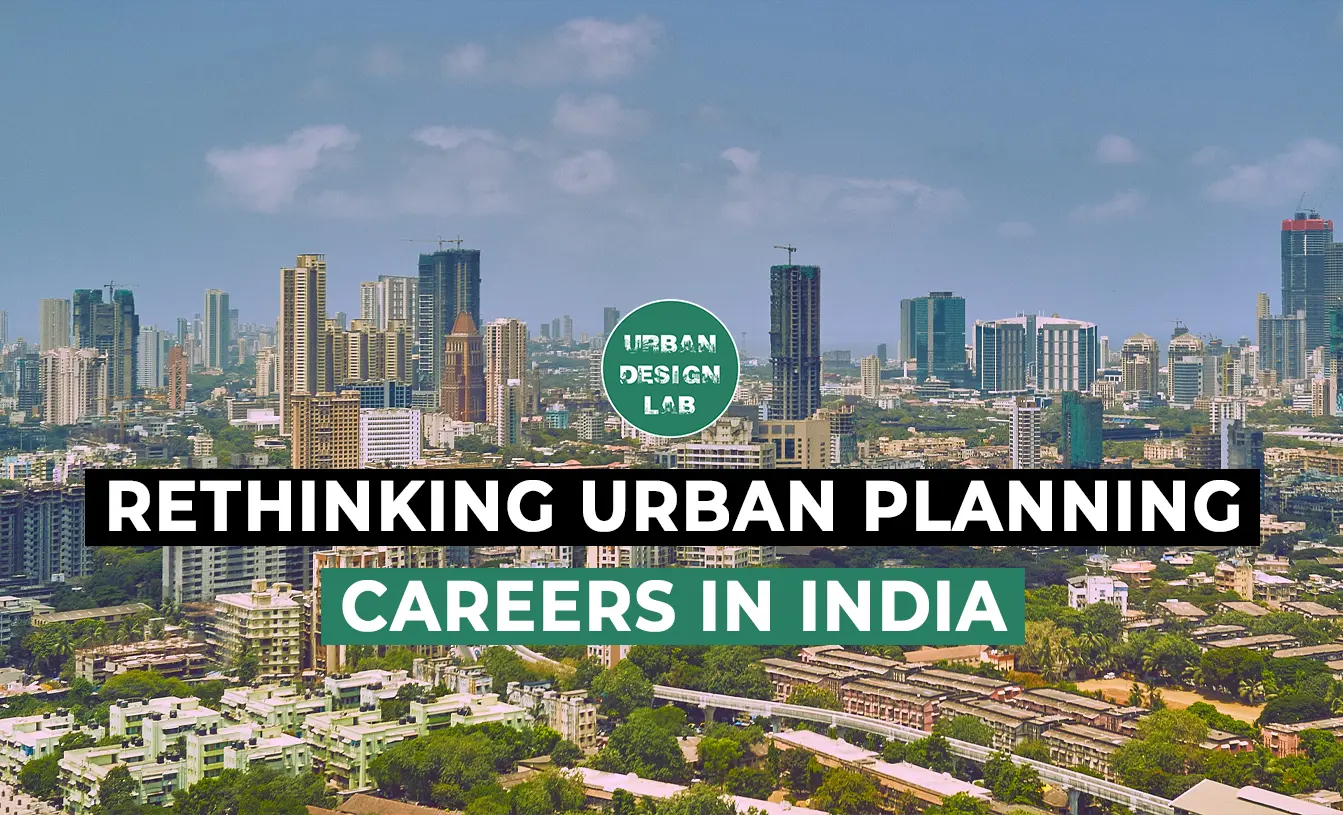



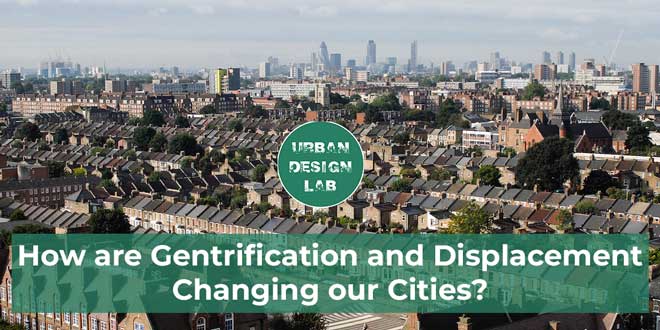
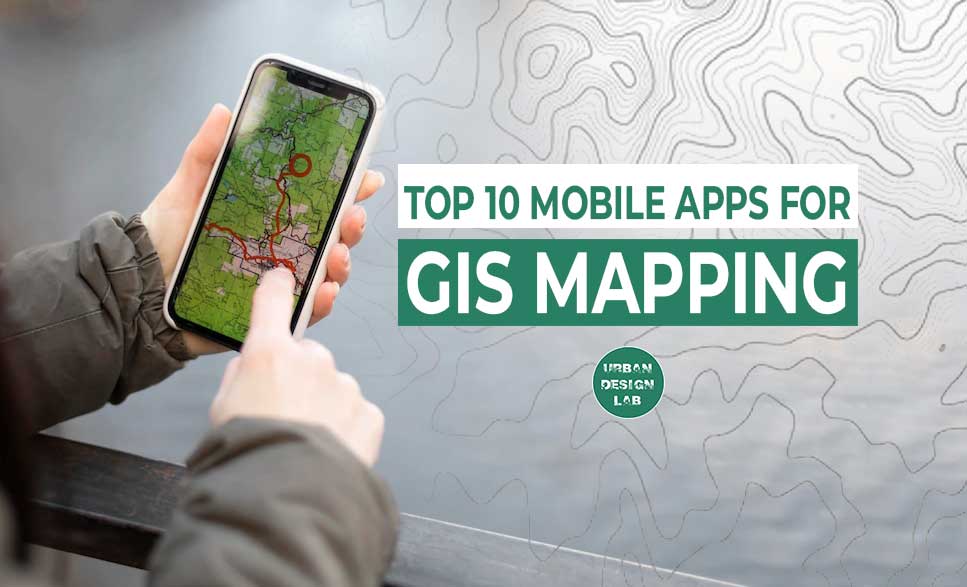
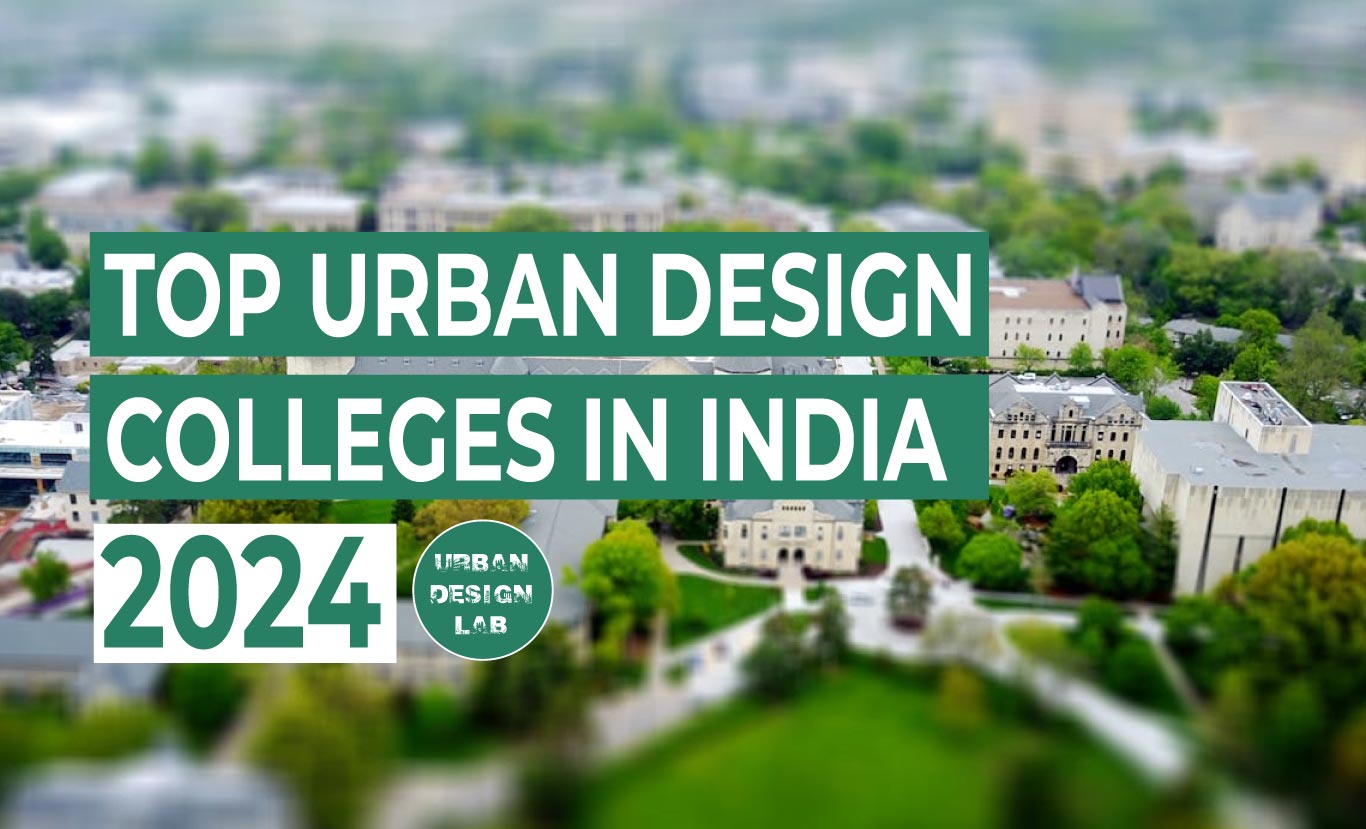





3 Comments